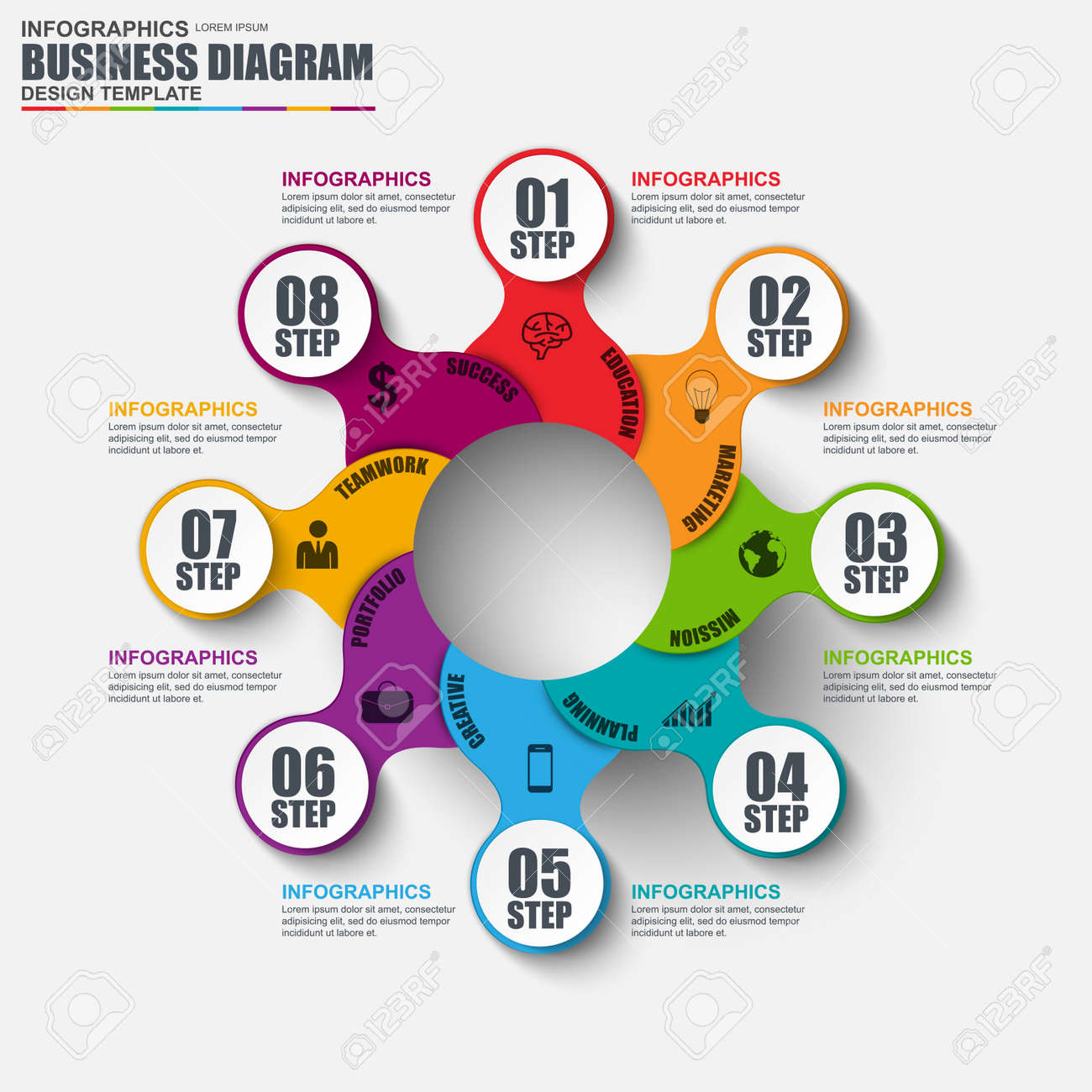Fascinated In Learning Just How Site Design Has Evolved? Take A Journey Via The Improvement
Fascinated In Learning Just How Site Design Has Evolved? Take A Journey Via The Improvement
Blog Article
Published By-Kinney Dalby
In the past, sites were straightforward and concentrated on information. Navigation was straight, and style was for desktops. Currently, individual experience is essential. Information overviews designs for easy navigating. Receptive formats suit different gadgets. Today, dark mode lowers strain, and minimal food selections enhance navigating. Interactive features engage individuals, and strong visuals stick out. AI integration increases interaction. See how design has actually developed to improve your on the internet journey.
Very Early Days of Web Design
In the very early days of website design, simplicity reigned supreme. Web sites were fundamental, with restricted colors, font styles, and designs. The focus got on supplying info instead of flashy visuals. Individuals accessed the web via slow-moving dial-up connections, so speed and capability were crucial.
Navigation food selections were straightforward, typically located at the top or side of the page. Sites were made for desktop computers, as mobile browsing wasn't yet prevalent. Material was king, and developers prioritized simple readability over complicated layout components.
HTML was the primary coding language made use of, and designers needed to function within its constraints. Animations and interactive functions were minimal compared to today's standards. Websites were fixed, with little vibrant material or individualized user experiences.
Surge of User-Focused Layout
With the advancement of website design, a change towards user-focused design principles has ended up being significantly noticeable. Today, producing websites that prioritize user experience is important for involving site visitors and achieving business goals. User-focused design involves understanding the needs, preferences, and habits of your target market to tailor the web site's layout, web content, and includes accordingly.
Designers currently carry out thorough research study, such as customer studies and usability screening, to gather insights and responses directly from customers. This data-driven approach aids in producing instinctive navigating, clear calls-to-action, and aesthetically enticing user interfaces that resonate with site visitors. By placing the user at the facility of the style process, internet sites can deliver an extra personalized and enjoyable experience.
Receptive layout has likewise become a vital facet of user-focused layout, making certain that web sites are maximized for various gadgets and display sizes. This flexibility enhances accessibility and functionality, dealing with the varied methods users communicate with websites today. Essentially, the increase of user-focused style indicates a shift in the direction of creating digital experiences that focus on the needs and assumptions of completion user.
Modern Trends in Website Design
Check out the most recent patterns forming web design today. One famous pattern is dark mode design, providing a streamlined and modern appearance while minimizing eye pressure in low-light settings. Highly recommended Site is minimalist navigation, streamlining menus and enhancing individual experience by concentrating on essential elements. Integrating micro-interactions, such as animated buttons or scrolling impacts, can develop a much more appealing and interactive web site. Responsive design continues to be vital, making certain seamless user experiences throughout various gadgets. Additionally, utilizing bold typography and unbalanced layouts can add aesthetic interest and draw attention to specific web content.
Integrating AI innovation, like chatbots for client assistance or customized suggestions, enhances customer involvement and streamlines procedures. Accessibility has likewise end up being a significant fad, with designers prioritizing inclusive style practices to accommodate diverse customer requirements. Welcoming sustainability by optimizing web site performance for speed and efficiency is another arising trend in web design. Teaming up with individual feedback and information analytics to repeat and enhance design continually is necessary for staying relevant in the ever-evolving digital landscape. By accepting these modern-day trends, you can produce a visually appealing, straightforward web site that resonates with your audience.
Conclusion
As you reflect on the advancement of web site style from the early days to now, you can see how user-focused style has become the driving pressure behind contemporary patterns.
Accept the journey of change and adaptation in website design, constantly maintaining the user experience at the center.
Tippingpointdigital
Remain present with the most up to date patterns and innovations, and never quit advancing your method to produce visually spectacular and user-friendly sites.
Progress, adjust, and create - the future of web design remains in your hands.
